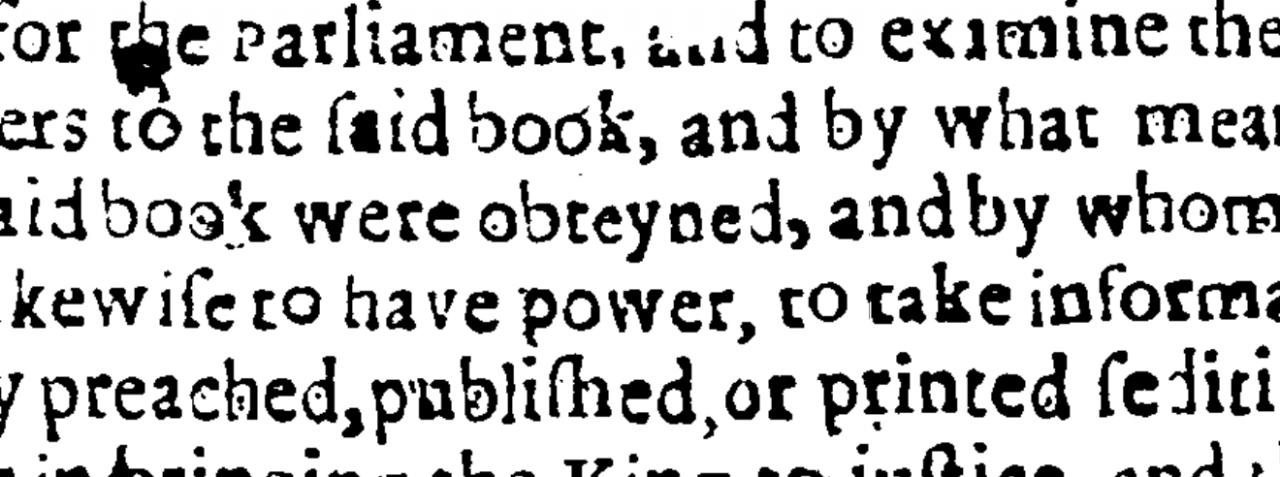This project investigated how search is used within humanities research methodology and aims to improve the design of search interfaces for online resources to meet the changing needs of research communities. Data searching is now a core activity within humanities research and, given the vast evidence base which is now available to scholars in a digital form, the design of search has a significant impact on research results. However, research communities are rarely consulted meaningfully when content providers design online resources and there tends to be an assumption that the search needs of humanities research are the same as those in other disciplines or in non-academic knowledge gathering.
This project mapped existing search methodologies, their benefits and limitations in order to design a user interface for a test dataset (and evaluate its impact on research in the field). The project involved collaboration between Sheffield University’s departments of History, English and Sociological Studies, The Digital Humanities Institute and the digital content provider ProQuest. Our dataset was 50,000 pages of seventeenth-century newsbooks collected by the seventeenth-century bookseller George Thomason, currently only available on microfilm or as digitised images via ProQuest’s Early English Books Online (EEBO). Test research questions for addressing the potential impact of the search design revolved around understanding the role of newsbooks as drivers of community formation; we also explored the use of Participatory Design in developing search interfaces within the humanities. Our aim was to ensure that the design of ICT meets the needs of users by involving users in the design process and we addressed five research questions:
1. What is the role of search within humanities research methodology, how is it used across the different subject domains, what are its current deficiencies and what impact does it have on research results?
2. How is the design of search conditioned by technical considerations or the viewpoint of content creators?
3. What would constitute good search design within the humanities and how would it support and transform research methodology?
4. Is it possible to design new types of search which meet the community’s differing methodological requirements more effectively than current approaches?
5. What constitutes effective development methodology in the digital humanities and electronic publishing in terms of ensuring that user requirements are constantly addressed? Does a Participatory Design approach meet these needs?
Website
- George Thomason’s Newsbooks. A prototype search interface for transcriptions of George Thomason’s Newsbooks created using participatory design methods.
- Download the data
- Understanding Design for the Digital Humanities.
Bridgette Wessels, Keira Borril, Louise Sorensen, Jamie McLaughlin and Michael Pidd
Project Team
- Prof. Michael Braddick (Principal Investigator – University of Sheffield)
- Dr Bridgette Wessels (Co-Investigator – University of Sheffield)
- Dr Marcus Nevitt (Co-Investigator – University of Sheffield)
- Keira Borrill (Research Associate – The Digital Humanities Institute)
- Jamie McLaughlin (Developer – The Digital Humanities Institute)
